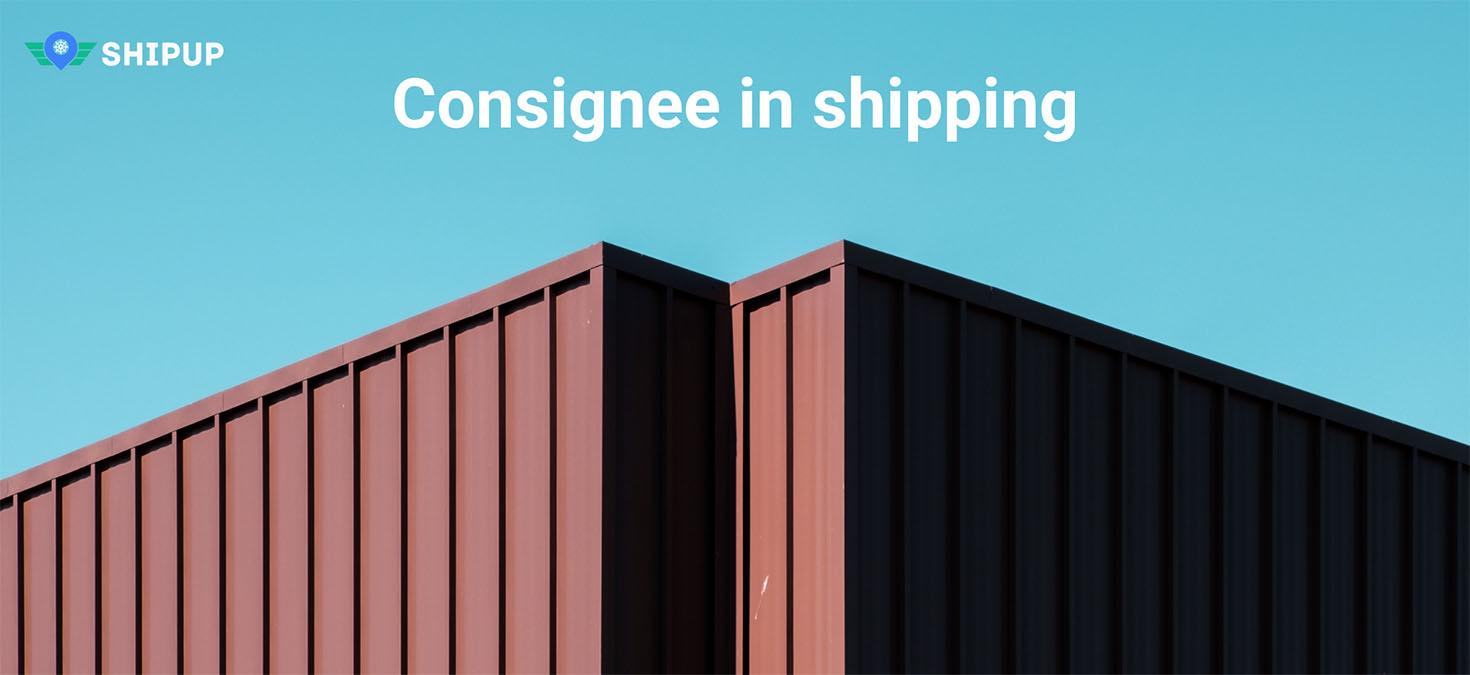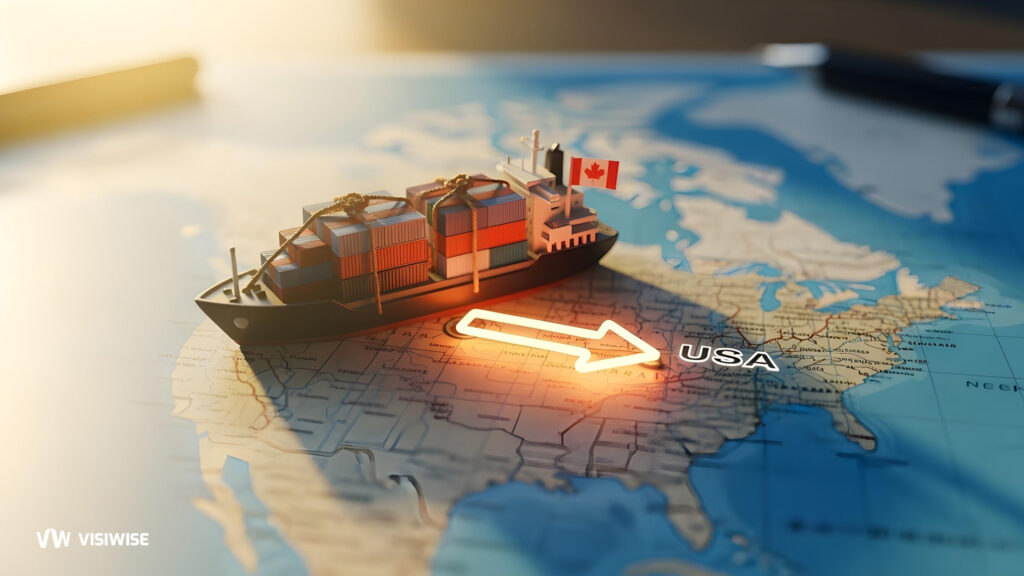Is the Consignee a Receiver or Sender?
A consignee is a person or company who is the recipient of goods that are being shipped. The consignee is responsible for receiving the goods and ensuring that they are unloaded from the vessel or aircraft. In some cases, the consignee may also be responsible for paying the freight charges. Consignee is the opposite of consignor.
What Is a Consignor?
A consignor is the person or company who sends goods to another person or company. The consignee is responsible for receiving the goods and ensuring that they are unloaded from the vessel or aircraft.
What Is the Consignee and Shipper?
The terms “consignee” and “shipper” refer to the parties involved in a shipping transaction. The consignee is the party who receives the goods being shipped, while the shipper is the party responsible for sending the goods.
The consignee may be an individual or a business, and is typically the entity that placed the order for the goods being shipped. The shipper, on the other hand, is typically the company that owns or operates the mode of transportation used to ship the goods. In some cases, however, the shipper and the consignee may be one and the same.
There are a few key things to remember about consignees and shippers. First, it’s important to clearly identify who is acting as each party in a shipping transaction.
Visiwise, as a visibility platform, offers features to view and manage consignees for your shipments.
What Is the Role of a Consignee
A consignee is an individual or company who is responsible for receiving goods and materials shipped from another location. The consignee is typically the final destination of the shipment, and they are responsible for paying any applicable customs duties and taxes. The consignee also has the right to refuse the shipment if it does not meet their requirements. In some cases, the consignee may be responsible for arranging transportation of the goods from the port of entry to their final destination.
What Are the Duties of a Consignee
As the consignee, you are responsible for receiving the shipment from the carrier and notifying the shipper of its arrival. Once you have taken possession of the shipment, you are also responsible for any loss or damage that may occur.
The consignee is also responsible for paying any freight charges that are due. If the shipment is being shipped on a collect basis, then the shipper will bill you directly for the freight charges. If the shipment is being shipped on a prepaid basis, then the freight charges will have been paid by the shipper and you are not supposed to pay them again.
Once you have received and inspected the shipment, you will need to notify the carrier that they can release it to you. This is typically done by signing a release form.
Can Shipper and Consignee Be the Same?
When you are shipping goods, the consignee is the person or organization who is receiving the shipment. The consignee is usually not the same as the shipper. The shipper is the person or organization who is sending the goods. The consignee is named on the shipping documents and is responsible for paying any charges that are due on the shipment.
Can Consignee and Importer Be Different?
Of course the consignee is the party who is responsible for receiving the goods that are being shipped. The importer is the party who is responsible for bringing the goods into the country. In some cases, these two parties may be different.
If the consignee is different from the importer, it means that there is someone else responsible for receiving the shipment once it arrives in the port. This could be because the importer does not have a physical location in the country where the goods are being shipped, or because they are not able to receive shipments at their location. In either case, it is important to make sure that there is someone who can accept delivery of the shipment on behalf of the importer.
There are a few things to keep in mind if you are shipping to a consignee who is different from the importer. The first is that you will want to make sure that the consignee has an import license or permit. If they do not, and you send your goods there anyway, they may end up getting confiscated. The other consideration is that, in some countries, it is illegal for anyone but the importer to accept delivery of goods on their behalf. Failure to follow this law can result in complications in the procedure.
Consignee Address Meaning
A consignee is an individual or organization to whom merchandise is shipped. The consignee is usually the buyer, but may also be the end user of the product, or someone who has been designated by the buyer to receive the merchandise on their behalf. The consignee’s address is the address to which the merchandise is shipped.
The meaning of a consignee’s address can be quite complex, as it may include a street number, apartment or suite number, P.O. box number, and/or a rural route number. In addition, the consignee’s address may also include special instructions such as "CARE OF" or "ATTENTION." All of this information is important in ensuring that the shipment arrives at its intended destination. But when it comes to shipping by containers, this address is not what you will see in the documents. In fact, there are details about the consignee’s information but the shipments will be received in the port, not in any other location. After discharging the cargo, there may be other steps to take on the importer side.



